Most people think of school as stacks of homework, rushing to finish assignments, and waiting for the bell like it’s the best sound of the day. But Ireland really changes that story.
The country is ranked among the top in the world for education. Every three years, the Programme for International Student Assessment checks how students across the globe perform in reading, maths, and science. And what I like is that Ireland doesn’t just hit the average, it usually beats it.
Here’s something even cooler! Immigrant students in Ireland often do better than immigrant students in many other countries. To me, that shows how open and supportive the system is. If you are raising a family, this is one of the big reasons why so many parents look for the best schools in Dublin with strong academic activities.
The Three Stages of Learning
What impresses me the most is how straightforward the education system feels. It is divided into three stages. Kids start primary school in Dublin at about six years old, then move into secondary school as teenagers, and later head off to universities or colleges if they want. School is required until sixteen or until at least three years of secondary school are finished.
Most families choose state-funded schools, which are free, while some go for private or fee-paying ones. I remember when my nephew started primary school, my sister was shocked at how easy the whole process was compared to what her international friends had to deal with.
The School Year Cycle
The school calendar here is simple, too. Primary schools run from September to June, giving kids July and August for summer holidays. Secondary schools get June, July, and August off, and university students enjoy an even longer break from May to September. I always laugh with my cousin in college, telling him his summer lasts longer than half the shows on Netflix.
Language and Culture in the Classroom
Another thing I love is how connected education is to culture. Every student learns Irish during primary and secondary years, though children born abroad can apply for exemptions. Some schools, called Gaelscoils, teach every subject in Irish for full immersion. Still, most international schools in Dublin focus on English, which makes things easier for families coming from abroad. Friends of mine were amazed at how quickly their kids picked up English and even bits of Irish once they started school here.
Best Schools in Dublin
Now that you know how the Irish education system works, let me share what it actually feels like when you see it in action. Having lived in Dublin for decades, I’ve watched family, friends, and neighbours send their kids through this system, and if I am to be honest, schools here are about so much more than lessons or exams.
They feel like community hubs where children build confidence, spark curiosity, and make friendships that often last a lifetime. When people talk about the best schools in Dublin with strong academic activities, they are usually pointing to this bigger picture.
Take my nephew, for example. He’s in primary school, and one afternoon, he came home singing a song in Irish that got stuck in my head for days. The very next day, he was painting a wild sea storm in art class, and by Friday, he was learning about the solar system. That mix of creativity and science is what I love most. Kids aren’t just memorising facts, they’re encouraged to explore, experiment, and express themselves in new ways.
Even schools with a Catholic ethos welcome children from other faiths and cultures, which makes classrooms feel naturally diverse. By the time they reach secondary schools in Dublin, the opportunities become even wider. I’ve seen teenagers working on coding projects in the morning and rehearsing for a school play in the evening. The junior years are full of discovery, while the senior years help students prepare for exams and university without losing sight of creativity or teamwork.
What stands out is the variety of choices. Families can pick state-funded schools, private or fee-paying ones, and even top schools in Dublin that offer international programmes like French, German, Spanish or the International Baccalaureate. This mix makes the education landscape flexible and welcoming for every type of student.
In the end, the best schools in Dublin are not just about grades. They give kids the space to find out who they are, to challenge themselves, and to grow in a supportive environment. And that’s why, after decades here, I still believe Dublin offers something truly special for young learners.
Here are the Best 5 Schools in Dublin:
Nord Anglia International School Dublin
Nord Anglia International School Dublin (NAIS Dublin) is one of those best schools that people talk about with genuine excitement. I’ve noticed it myself whenever my friend’s younger sister shares her stories. It rarely sounds like a typical school day. With students from over forty-five nationalities, even a simple group project feels like a cultural exchange, which makes the place feel global from the start.
What I’ve heard again and again is how different their approach is compared to most schools. NAIS is the only one in Ireland offering the full International Baccalaureate programme from age three. Instead of drilling kids with exam prep, they encourage curiosity and real-world connections. One week my friend’s sister was working on a UNICEF sustainability project, the next she was learning from MIT’s STEAM ideas, and not long after that she mentioned music linked to Juilliard. To me, that variety shows how wide their opportunities are.
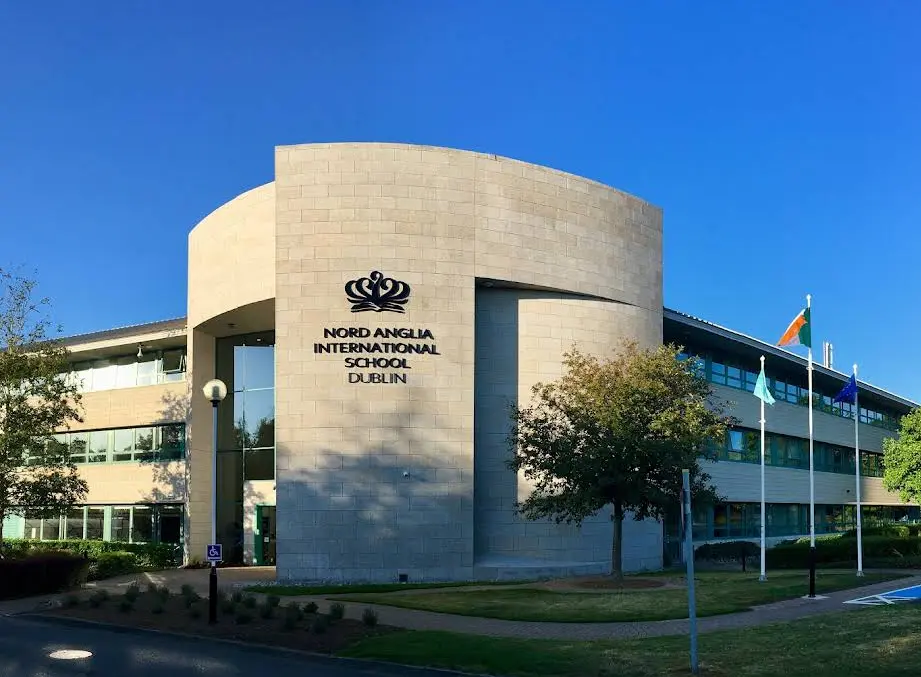
I’ve also visited the Leopardstown campus, and it really feels like it was designed for the future. Bright, tech-friendly spaces make learning engaging, and with an 8:1 student–teacher ratio, it’s easy to see why parents say their children get more attention here.
What impressed me most, though, is that success isn’t measured only in grades. Students are encouraged to join sports, arts, and clubs, which helps them grow as confident individuals. That balance is why NAIS is considered one of the top schools in Dublin and remains a leading choice among international schools in Dublin.
International School of Dublin
The International School of Dublin has always stood out to me because it feels less like a traditional school and more like a place where curiosity leads the way. Since 2007, it has been Ireland’s first accredited IB World Primary School, and I’ve often heard parents mention how different that feels compared to the usual system.
From what I’ve observed, the school day is structured with balance. Classes run from 8:45 to 2:45, and families can take advantage of flexible before and after-school programmes. Seven periods might sound long, but the way subjects are linked through inquiry makes it feel more natural. Students connect ideas across maths, science, arts, and social studies instead of memorising facts, and I find that approach refreshing.
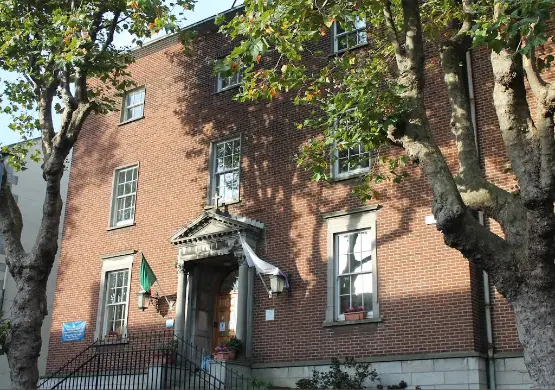
What I like most is how creativity gets the same respect as academics. Performing arts, English, and PE are part of the weekly rhythm. Even the use of virtual lessons, with a teacher present, shows how the school prepares kids for a digital-first world. Beyond the classroom, I’ve seen how field trips and guest speakers give lessons real-life meaning, and the End of Unit Sharing is such a fun twist where students get to teach their parents.
Clubs also add plenty of variety, from football and guitar to cooking and Japanese. When you add student committees into the mix, it’s clear the school values independence. Fees are €10,900 a year, but many families see it as an investment in a global outlook. No wonder it’s considered one of the most exciting primary schools in Dublin and a standout among international schools in Dublin.
Lycée Francais International Samuel Beckett
The Lycée Français International Samuel Beckett in Dublin keeps pulling my attention the more I hear about it. My younger cousin studies there, and every conversation we have makes me realise this school is about so much more than academics. What I have noticed is that it creates an experience that stays with you long after the day is over.
What fascinates me most is how naturally it blends French academic standards with the warmth of Irish culture. The classrooms buzz with bilingual learning, and students move between French and English as if both were their first language. From what I have seen, this comfort with languages gives them a global mindset, something you don’t always find in bilingual schools in Dublin.
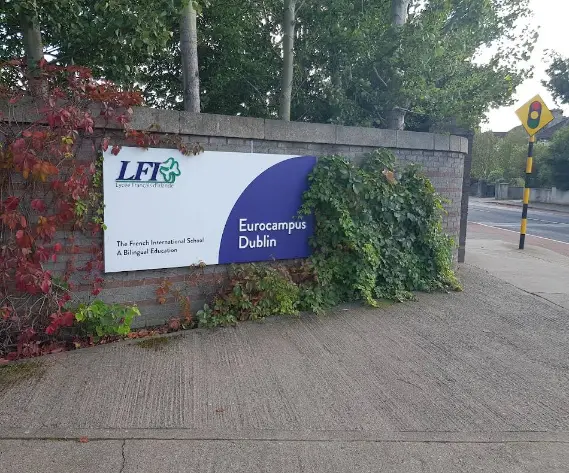
The philosophy is another thing that stands out. The school focuses on curiosity, empathy, and resilience. My cousin often shares projects that challenge them to think deeply about real-world issues, whether it’s tackling environmental challenges, engaging in artistic collaborations, or celebrating Irish and French traditions side by side.
There are also unique opportunities. Students take part in programmes like Euroscola in Strasbourg, where they experience European parliamentary life, or work on creative bilingual projects that showcase their talents. From my perspective, LFI feels less like a school and more like a launchpad for confident, open-minded young people. It is no wonder it has earned a reputation among best international schools in Dublin as a place where culture, creativity, and critical thinking come together in the best way.
St. Andrew’s College
St. Andrew’s College in Dublin has a reputation that makes sense the moment you start hearing parents talk about it. A few of my colleagues have their children in Junior School, and over time, I’ve noticed how much they value the way it shapes those early years. It feels warm and structured, yet still leaves room for curiosity and creativity, which is not easy to balance.
One story that stuck with me came from a colleague whose son started out shy and reserved. Through classroom projects and creative activities, he gradually came out of his shell and found confidence in speaking up. Another friend often shares how her daughter, who is endlessly curious, has teachers that don’t just tolerate her questions but use them as chances for deeper learning. That kind of encouragement leaves an impact on kids that goes beyond academics.
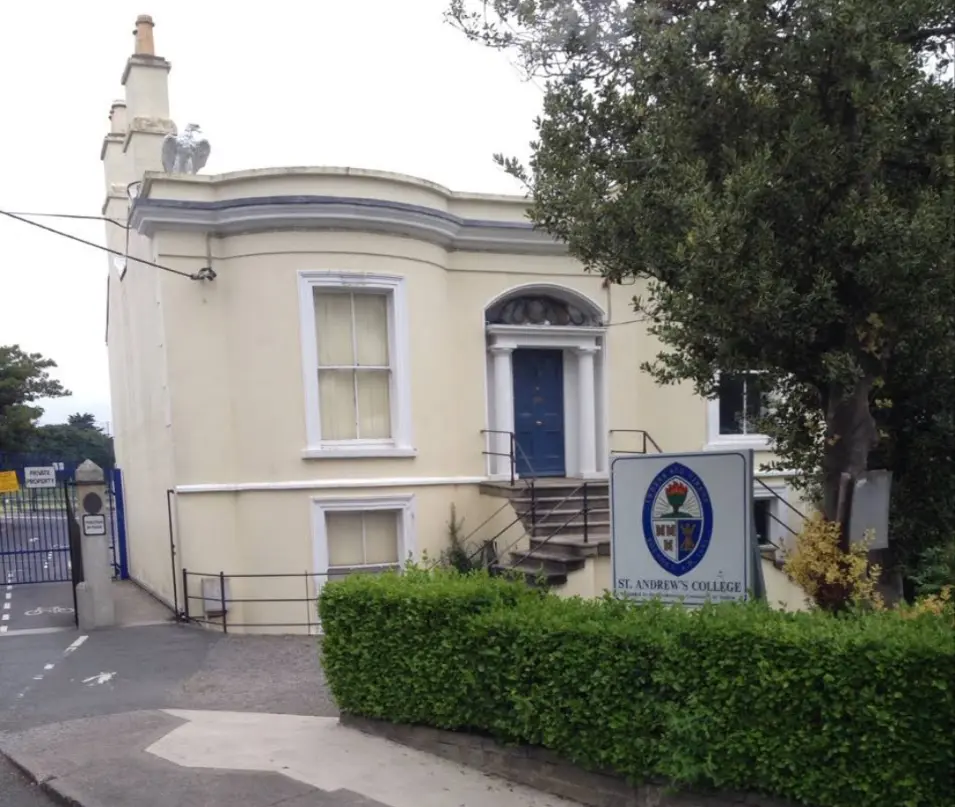
What stands out to me is how the school mixes strong academics with opportunities that help children grow in different directions. Music, art, and even community service are part of everyday life here, and they give students a sense of belonging as well as skills they carry forward. It feels like a place where children are prepared not only for the next stage of education but also for life outside the classroom.
This is one of the reasons why St. Andrew’s continues to be recognized among the best private schools in Dublin and why so many families choose it when searching for primary schools in Dublin that focus on the whole child.
Delfin English School Dublin
Delfin English School in Dublin is one of those names that kept coming up in conversations, but it only clicked for me when my younger brother studied there for almost a year. From the first week, I noticed how different it was. Learning English didn’t just happen inside a classroom, it was woven into everyday life! He would call me after classes, telling me about friends from Brazil, Spain, Korea, and Japan, and how it felt like being part of a global family of “Delfiners.”
Another thing I found interesting was how much the location added to the experience. Being right beside O’Connell Street meant everything was close by. A quick coffee before class, exploring the city after lessons, or relaxing in the lounge made school life more exciting. From what my brother told me, classes were small enough to feel personal but still lively, and the teachers like Ana and Niall made learning fun while pushing students to improve.
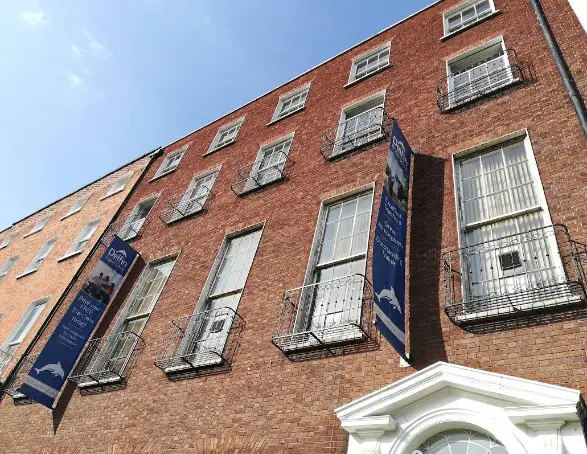
The social programme was a huge part of it too. He joined weekend trips, evening events, and even casual outings with classmates, which doubled as practice without feeling like work. Watching him grow more confident in his English and in himself showed me why people rate Delfin so highly. To me, it’s clear this is one of the best language schools in Dublin, and it continues to be a top choice for anyone searching for English courses in Dublin that combine learning with real-life experiences.
After spending years watching friends, family, and even my own relatives go through Dublin’s schools, one thing feels true to me: this city knows how to shape more than just good students.
I’ve seen children take their first steps in primary classrooms, grow through the wider opportunities of secondary years, and embrace global perspectives in international programmes. What makes it special is how academics and real-life growth come together, creating confident, creative young people ready for the world. For your teens, you can check out the blog on the best secondary schools in Dublin to help you choose the right one.
Thanks for reading!